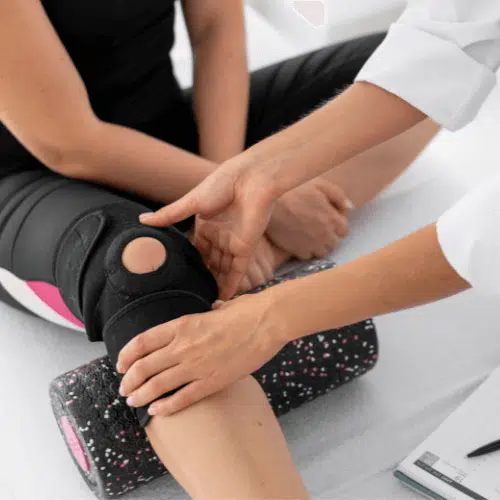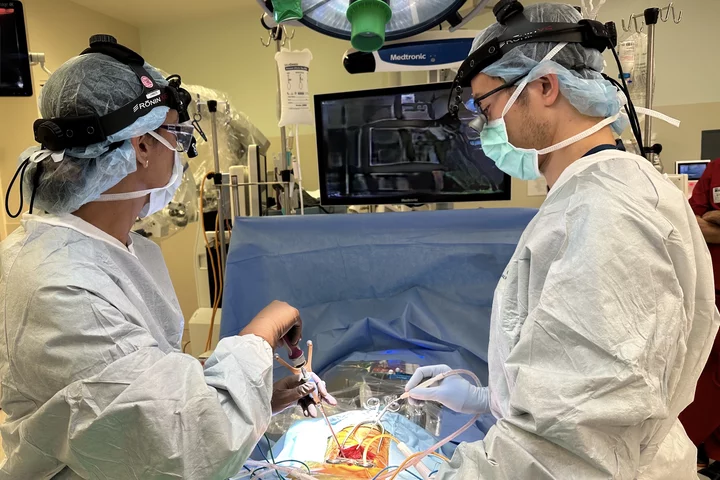What Does Axis Spine And Orthopedics Do?
What Does Axis Spine And Orthopedics Do?
Blog Article
Indicators on Axis Spine And Orthopedics You Should Know
Table of ContentsThe Buzz on Axis Spine And OrthopedicsThe 9-Second Trick For Axis Spine And OrthopedicsThe Ultimate Guide To Axis Spine And OrthopedicsThe 5-Minute Rule for Axis Spine And Orthopedics
An orthopedic cosmetic surgeon is a physician who specializes in treating troubles of the bones, joints, and connective tissues, and ensuring you preserve a healthy and balanced bone and joint system., we have actually very certified orthopedic cosmetic surgeons that are capable of dealing with individuals of all ages. I obtained entailed in study throughout my initial year of clinical school, and I started making links with orthopedic specialists early on.
Comply with these guidelines thoroughly to prevent difficulties during the procedure. Review the post-operative care strategy with your doctor. Comprehend what to anticipate throughout the recovery period and just how lengthy it will take to resume everyday activities. Schedule transport to and from the hospital on the day of surgical treatment.
Axis Spine And Orthopedics Can Be Fun For Anyone

You won't have the ability to drive immediately after the treatment. Method leisure methods, such as meditation or deep breathing workouts, to help manage tension. Shower with an anti-bacterial soap the evening before and the early morning of the surgical treatment to decrease the danger of infection. Your physician will certainly offer lots of details relating to post-operative care, consisting of how to stay tidy and maintain the surgical area clean. This can be valuable to do days before the surgical procedure to ensure you do not fail to remember anything. Adhering to these tips can prepare you literally and mentally for your orthopedic surgical treatment. Bear in mind to maintain a favorable outlook and trust fund your clinical group's competence, adding to a smoother healing process. Your energetic participation in the prep work procedure will equip you to take charge of your health and wellness and enhance your general surgical experience. Reading a tiny bit regarding the surgery or attempting to see a video of it is the ideal prep. This way you have a concept of what took place, what is occurring, and what will certainly happen.

Or else, you'll simply get confused. Think of the large photo. Nobody expects you to recognize anything, so do not try to memorize a lot of random facts. Whether you're running after your children, dealing with hiking trails, or displaying your ideal dance relocations, keeping your bone and joint system in great form is essential. Or else, joint discomfort can really screw up your life.
The constant ache in your knee or the rigidity in your shoulder can slow you down and make basic tasks difficult. Typical conditions dealt with by orthopedic specialists are: Cracks and Bone Injury: Broken bones and other injuries from crashes or effects. Joint inflammation: Especially osteoarthritis, which triggers joint pain and tightness. Benign Soft Tissue Lumps: Non-cancerous growths in muscle mass or various other soft cells. Bone Cancer Cells: Tumors in the bones. Bursitis: Swelling of the tiny sacs of.
The Only Guide for Axis Spine And Orthopedics
fluid that cushion the bones, ligaments, and muscle mass near your joints. Neck and Reduced Neck And Back Pain: Issues impacting the spinal column. Orthopedic Trauma: Extreme injuries influencing bones, joints, or soft cells. Sports Injuries: Problems like ligament tears, tendon injuries, and joint discomfort from sports tasks.
Orthopedic cosmetic surgeons carry out a variety of procedures to aid individuals with bone and joint concerns. Aside from these subspecialists, some orthopedic doctors are generalists. Training might consist of traditional medical college (a physician of medicine level, or MD)or osteopathic education (a medical professional of you can find out more osteopathy degree, or DO) - axis spine.
The Best Strategy To Use For Axis Spine And Orthopedics
Next off, they finish an orthopedic residency. It's normally 5 years and gives hands-on discovering in a medical setting. Limited motion as a result of discomfort. Rigidity. First visits often consist of: Reviewing your signs and symptoms, case history and way of living. A physical examination, including moving the impacted joint in certain ways. Imaging research studies, such as an X-ray. Description of your diagnosis.
Therapy suggestions. Some conditions need extra imaging, like a CT scan or MRI for even more comprehensive sights of the excruciating area. Your orthopedist will advise therapies to lower signs and symptoms till you receive a diagnosis. Orthopedic surgeons specialize in nonsurgical and medical strategies. For certain sorts of orthopedic trauma or genetic conditions, surgical procedure is typically the initial line of therapy. For most other conditions, orthopedists try nonsurgical therapiesinitially. It might take greater than one kind of treatment to accomplish enduring relief. Selecting the right is vital for successful surgical results and enhanced individual recuperation. With a vast array of choices offered in the marketplace, it can be overwhelming for both surgeons and people to make an informed choice. The top five aspects to take into consideration when choosing an orthopedic implant are medical compatibility, cost-effectiveness, considerations for revision surgical treatment, patient-specific aspects, and the design and technology of the implant. They are available in different shapes, sizes, and materials, each offering a specific purpose based on the person's demands. Recognizing the fundamentals of orthopedic implants is vital prior to diving into the decision-making process. One of the leading considerations when selecting an orthopedic dental implant is its compatibility with the surgery. Different implants are made for numerous medical methods and techniques. The orthopedic implant should be especially developed to fit the patient's anatomy and guarantee stability during the healing process. Surgical compatibility entails aspects such as implant size, shape, and product. The success of orthopedic treatments relies greatly on the correct option and placement of implants that work with the person's composition and medical history. By prioritizing person security and well-being, orthopedic surgeons can attain effective outcomes and give the greatest top quality of treatment to their clients. Specialists should thoroughly think about the biomechanical properties of the implant and exactly how it will incorporate with the client's bone structure. This will certainly add to much better surgical end results, lowered difficulties, and shorter healing time. When picking implants for a patient, it is crucial to consider a range of patient-specific variables that can influence the success and end result of the treatment. These elements encompass the individual's age, bone quality and quantity, dental health and wellness status, case history, lifestyle routines, and aesthetic preferences. For older people with jeopardized bone density, much shorter implants or grafting procedures may be useful to provide the needed stability and assistance. 3. Is the size of the orthopedic dental implant an essential consideration? Just how does it influence the operation and the individual's healing? Yes, the dimension of the dental implant is crucial as it must match the individual's framework for proper fit and functionality. 4. Can the person's age and way of living play a role in choosing the most appropriate orthopedic dental implant? Absolutely. How does the cost of an orthopedic dental implant aspect into the decision-making procedure, and are there ways to balance top quality with affordability? The cost of the implant is an important consideration, however it needs to not be the single determining variable. Stabilizing quality with price involves evaluating different dental implant choices 'long-lasting benefits and potential issues. Report this page